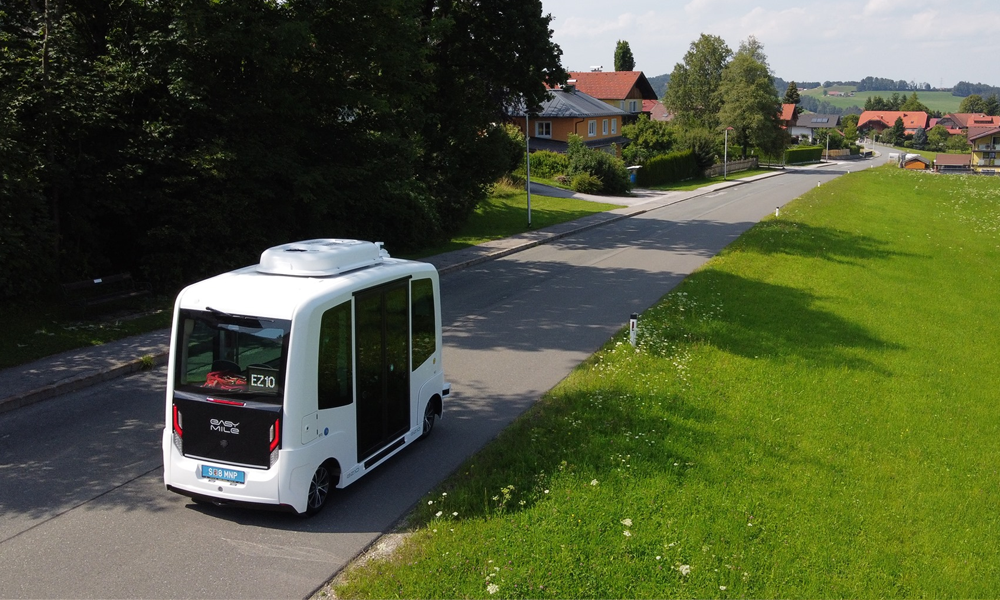
First in Europe: a driverless shuttle finally authorized to drive in the city

Since March 2021, on the Toulouse Oncopole medical campus, a small driverless shuttle has been running over a distance of 600 meters between pedestrians, bicycles, buses and cars. This is a “full-scale” test to ensure that all the technologies linked to the proper functioning of the autonomous shuttle are in place, and above all that they work.
And obviously, everything seems to be working for EasyMile since Jean-Baptiste Djebbari has issued an experimental authorization which allows the startup to operate its shuttle (autonomous in level 4) on the public highway from September 2022. And this, without a driver on board who checks that everything is going well. " France is thus the first country in Europe and within the G7, to have such an advanced regulatory framework in this area, allowing the development of automated mobility ", reacted the Minister of Transport .
[NEWS ]
— EasyMile (@Easy_Mile) November 22, 2021
In a new milestone for autonomous driving, we are the #first autonomous shuttle provider in Europe authorized to operate at #Level4 in mixed traffic, on a public road.
Thank you @Djebbari_JB for your support.#AutonomousFuture #Today
More info: https://t.co/8StXrbT2T6 pic.twitter.com/jP9Ze8zjav
While several tests have been carried out all over the world (Australia, USA, Finland, Singapore, etc.), they have been carried out on private sites and circuits. The authorization will make it possible, for the first time, to run the shuttle on "open roads", that is to say in town for example, and thus deploy this technology within the "urban jungle" where behavior of other users cannot be anticipated at 100%. Indeed, the machine must be able to apprehend its environment, to detect any obstacles, to fit into the traffic and to adapt its speed according to the traffic. Among the advantages of this technology is what is called “flexibility”, that is, being able to deploy vehicles according to supply and demand.
For the director of EasyMile, “ this is an important step towards the commercialization of autonomous driving, both on large private sites and on public roads. If all the lights are green, we could soon see this kind of shuttles rolling in town alongside scooters. And this is also the mobility of tomorrow.

